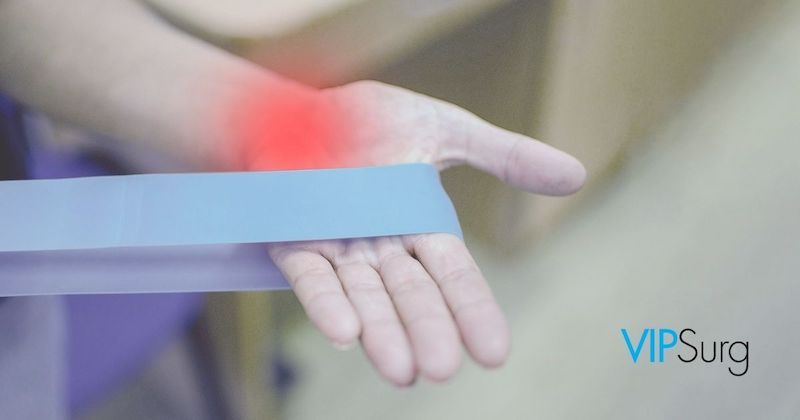What To Know About Osteoarthritis and Obesity?
We all have smooth cartilage between bones in our joints that allows free, smooth movement without pain and disability. Osteoarthritis is a condition in which this cartilage begins to break down, causing jagged, degraded tissue and later bone on bone rubbing, inflammation and bone spurs that lead to weakness, pain, disability and even immobility.

Osteoarthritis, in many cases, cannot be prevented – use of our joints over time naturally leads to degradation. As such, many elderly people experience osteoarthritis no matter how healthy they have lived during their lives. However, it stands to reason that those who put more pressure on their joints will likely suffer from more severe osteoarthritis and at an earlier age. While this is true for many people who perform contact or extremely strenuous sports, it is even more so for those suffering from obesity. Think that for every pound of excess body weight, one puts 4 pounds of excess weight on their knee joints – this is a recipe for long term degradation.
Conventional wisdom has told us that osteoarthritis is a wear and tear issue on the joints. More recently, we have learned that osteoarthritis can also be hastened by the inflammatory response due to adipose/fat tissue we accumulate as we gain weight. We all have brown fat – the healthy stuff. However, the “spare tire” around the abdomen is composed of white fat – this is the dangerous fat that secretes inflammatory hormones and promotes an inflammatory response in the body, and especially the joints. As a result of this inflammation, obese patients may be at a higher risk of osteoarthritis, not only from physical wear and tear, but also from this inflammatory response.
The bottom line
Now that we know that obesity creates a two-pronged attack on joints around the body, it becomes all the more imperative to maintain a healthy weight. For those suffering from obesity, this is an even greater reason to consider non-surgical and even surgical interventions to minimize the risk of long-term book joint damage.



